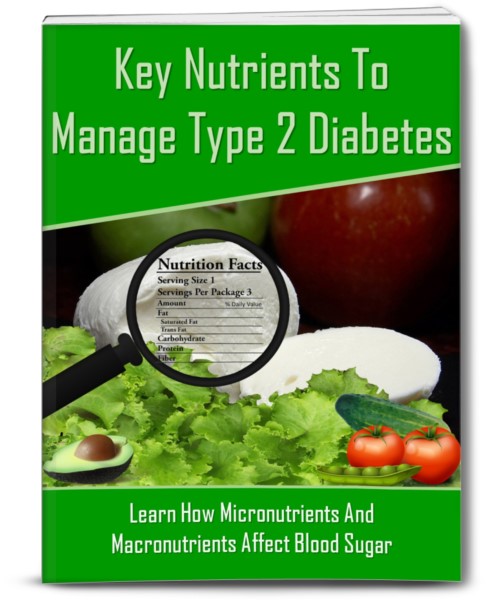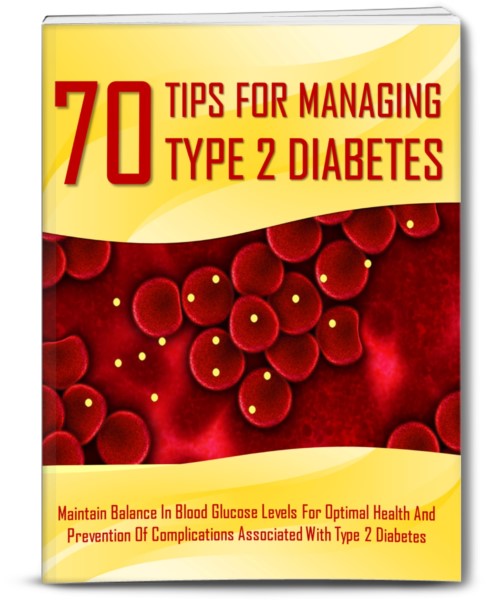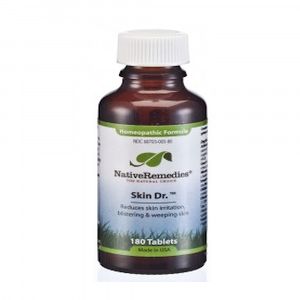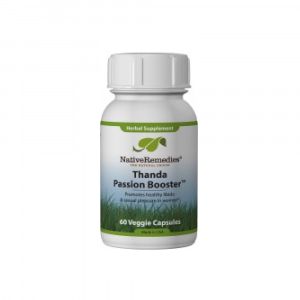What Is The Hemoglobin A1C Test And Why It’s Important To Monitor
The hemoglobin A1C is an important measure of how well a person with diabetes is doing with regard to their blood sugar. Also known as the glycated hemoglobin, the hemoglobin A1C is something like a measure of how “sugar-coated” your red blood cells are.
Even in those people who do not have diabetes, glucose, one of the main sugars of the body, circulates through the bloodstream and gets attached to protein molecules like the hemoglobin molecule. The hemoglobin molecule is a large protein and sugar molecule that carries oxygen in the blood. Depending on what the glucose level is in your system, the hemoglobin molecule will have more or less glucose attached to it.
How do we determine the effectiveness of medications for diabetes?
In past years, doctors and patients with diabetes relied on fasting blood sugar levels obtained from glucose meters the patients had at home. They often checked their blood sugar levels after meals as well. These blood sugar numbers were written down and shared with the doctor during regular visits. Using these numbers helped doctors decide whether or not the blood sugar was under control and changed the medications as was appropriate.
The problem was that people with diabetes have good days and bad days. Sometimes, depending on the level of exercise or the type of food the diabetic was eating, the sugars could be really high or in the normal range. It was difficult to look at page after page of blood sugar readings and understand fully what was happening inside the patient’s body.
The hemoglobin A1C was first identified in 1958 and was further characterized as a sugar-coated protein by researchers in 1968. It wasn’t until 1976 that it was first proposed as a way of measuring the effectiveness of diabetes medicines and diabetic control. Its use by doctors has gradually increased so that now it is the preferred way of determining diabetic control. In 1980, it became the standardized method of testing for a diagnosis of diabetes.
Those home blood glues tests however remain an important tool for people to track sugar levels in between doctor visits, and greatly help to manage the disease.
What should the Hemoglobin A1C level be?
Normal people generally have a hemoglobin A1C that is less than 5.5. If this test is to be used for a screening tool for diabetes, levels above this number may indicate further testing is needed to see if the patient really has diabetes or not. In such cases, tests like the fasting blood sugar test and the three hour glucose tolerance test are performed to clarify issues.
Diabetics can have hemoglobin A1C levels in the range of 12 or more, definitely indicating poor blood sugar control. The doctor can then add on more diabetes medications to bring this number down to normal levels.
What are acceptable Hemoglobin A1C levels?
Doctors prescribe medications, recommend healthy low sugar diets, and exercise for patients with elevated hemoglobin A1C levels until the level approaches normal. What is considered an acceptable hemoglobin A1C level in a diabetic?
Let’s look at these numbers:
• According to the American Diabetes Association, the hemoglobin A1C level in diabetics should be less than 7%.
• According to the American College of Endocrinology, the level should be lower than 6.5%.
• Levels below 5.3 have recently been under fire as being too strict. If the hemoglobin A1C level is that low, the diabetic individual is at a higher risk of having dangerous hypoglycemic episodes (episodes of low blood sugar).
The hemoglobin A1C level is generally measured every three months. Because the red blood cells that contain hemoglobin have a half-life of three months, it pays to have red blood cells turn over and be replaced by a new set in order to have the number be valid and helpful for treatment.

































